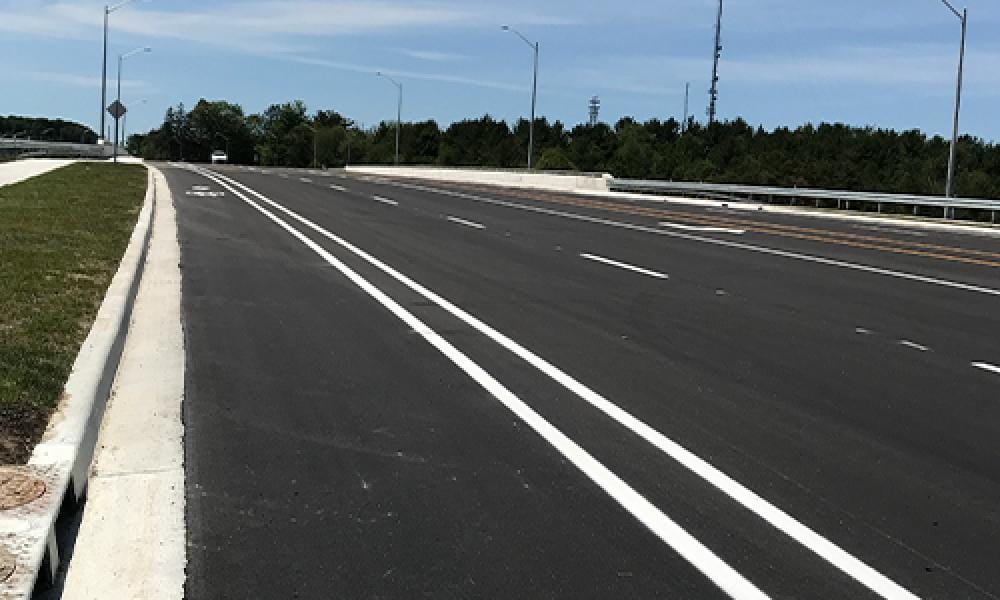Asset management considers what services the City delivers, the assets needed to deliver these services and which assets are critical to service delivery.
While the City’s Infrastructure Master Plans are reviewed as part of the asset management planning process, the City’s Corporate Asset Management Plan goes on to inform a variety of City documents such as operating and capital budgets, long-term planning documents, use-fee rate studies and more. The plan identifies the proposed Levels of Service for the City’s assets, along with their forecasted lifecycle activities and costs.
About Asset Management
Asset Management (AM) ensures community sustainability and a high quality of life through effective and innovative management of tangible assets. The Strategic Asset Management Policy sets the framework for undertaking asset management in a structured, coordinated way.
The CAM department provides valuable information to City Council to facilitate better, more informed decisions aligned with the City’s Financial Policies Framework. Asset management is a journey and the City’s practices are evolving and continuously improving.
Asset management considers what services the City delivers, the assets needed to deliver these services and which assets are critical to service delivery. Ultimately the goal of asset management is to deliver services at the desired level while minimizing costs and maintaining an acceptable level of risk.
Assets Support Service Delivery
Assets only exist to support the delivery of services to the public. If a municipality doesn’t provide recreation as a service, it doesn't need to own assets like pools and arenas. If another level of government provided drinking water, the City wouldn't need to build, operate, or maintain water mains.
Asset Portfolios
The City of Barrie is responsible for a broad portfolio of assets, as outlined below. Each portfolio is detailed in the City's Corporate Asset Management Plan.









